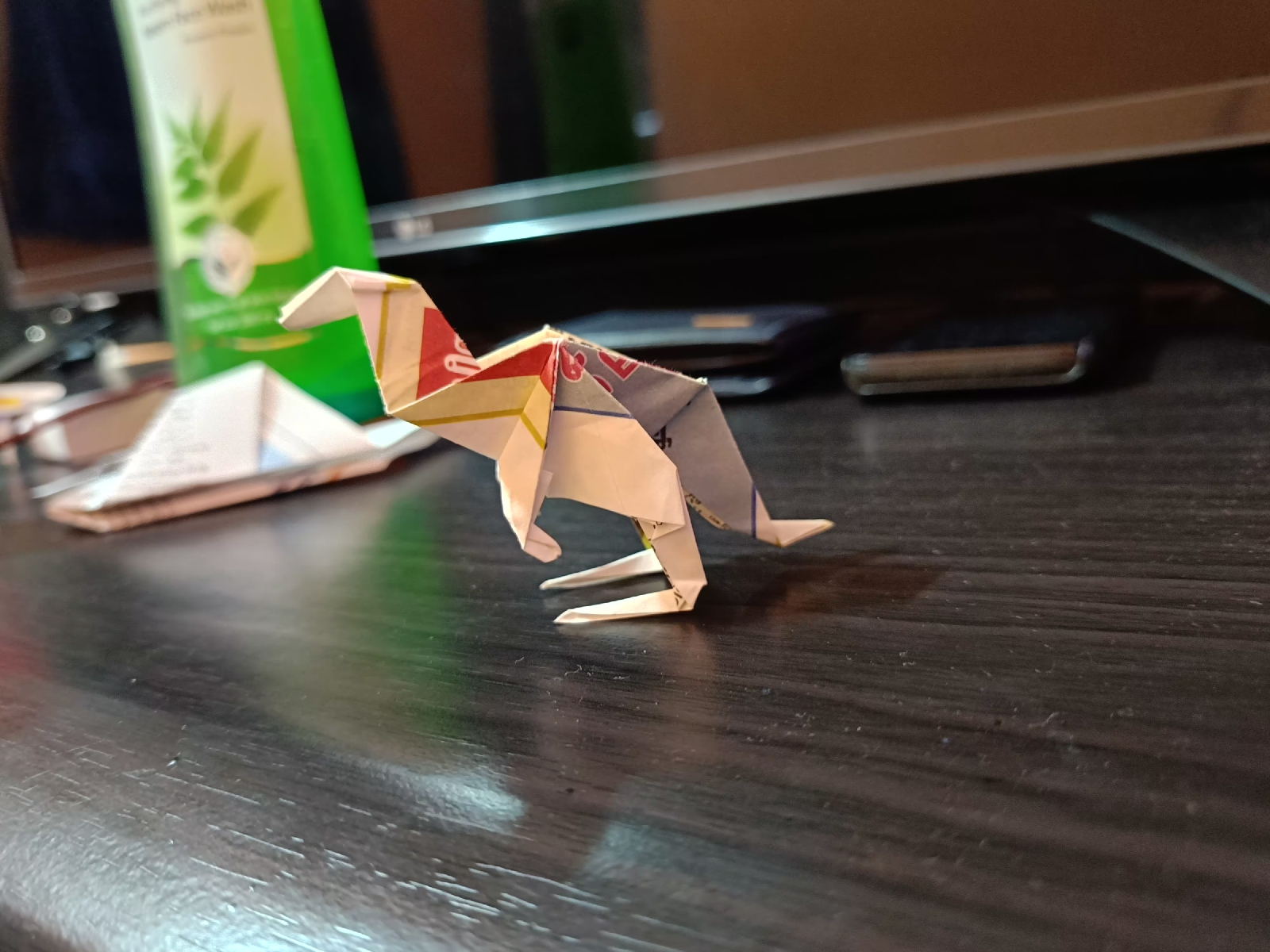The history of Anglo Indians in Kerala
This is a copied post. But it's my history too thus sharing it here.
The Anglo Indians of Kerala are chiefly the descendants of the Portuguese, who settled down in the west coast of Malabar in the sixteenth and seventeenth centuries. There is a sprinkling of the Dutch, the French and the English descendants also among them. But most of them have intermingled by inter-marriages now. Persons of unmixed European blood also are there. The surnames Almeida, Abrao, Alweyn, Aruja, Bivera, Coutinho, Carvalho,Cabral, Coelho, Correya, D'costa, D'Couto, D'Cunha, D'Cruz, D'Rose, D'Silva, D'Souza, D'Claus, Dias, Durome, Fereira, Faria, Fernandez, Figerado, Figueres, Furtado, Furtal, Furtas, Gomez, Gonsalvez, Lopez, Luiz, Livero, Mendez, Nunez, Nevis, Netto, Noronho, Olivero, Paiva, Padua, Pereira, Pinheiro, Pinto, Prakasia, Rodriguez, Rozario, Rebeiro, Rebello, Saiza(yay :p), Severenvce, Sequira, Surrao, and Zimenthy indicate Portuguese origin; Gallyot, Hoogewerf, Hendricks, Jacobs, Jacques, Lobo, Meyn, Van Ross, Van Reyke and Van Spall-Dutch origin; Labauchardier and Lafrenais-French origin and Jackson, Mcleod, Price, Platel, Williams and Watts-British origin. There are a few offsprings of Germans, Swiss and Italians also among the Anglo Indians of Kerala as Guenthers, Schmidts, Guezlers and Niglis. However, it is seen that some of the Portuguese names were adopted by converts to Christianity in the south during the Portuguese Period.
It was the Portuguese king, Dom Manuel who sanctioned the marriage of Portuguese men to native women. “But that privilege was only to be conceded to men of proved character and who had rendered good services.’’ (Edgar Thurston, -Castes and Tribes of Southern India). “These marriages were most often from the high ranking and rich families which enabled them to learn the native language,. customs and manners and helped them to establish better contacts with the native population” ( The Anglo Indians by V.R. Gaikwad). It has been recorded that the Raja of Cochin arranged the marriage of a Portuguese Officer with a Namboothiri lady.
The Portuguese were in Kerala for a period of 165 years. Vasco Da Gama landed at Calicut on May 18, 1948. Pedro Alvarez Cabral came to Cochin on December 24,1500. The Portuguese had settlements in Quilon, Kayamkulam, Poracad, Cochin, Cranganore, Palliport, Calicut, Chaliyam and cannanore. They also built forts at Cochin, Palliport, Cranganore, Quilon, Calicut and Cannanore. With the surrender of Cochin to the Dutch on January 6, 1963, the Portuguese supremacy in Kerala ended. The Protestant Dutch followed a policy of religious persecution. Hence most of the mixed races who were Catholics fled from the towns to interior places where they could follow their religion unmolested. However, in their own interests, the Dutch revised their policy subsequently and tried to attract back those who left. The Mestices, as the mixed races were then called were allowed to erect a church at Vypin. The present church of Our Lady of Hope at Vypeen was accordingly built and athe altar and the old screen from the Church of St. Francis at Fort Cochin were transferred to that Church.
When the Dutch surrendered to the British on October 19, 1795, “ many among the Dutch preferred to remain in Cochin. But they were gradually reduced to such great distress that the British Government had to settle pensions on them”( The Cochin State Manual-C. Achutha Menon). The Dutch and their descendants inter married with Portuguese descendants. During the period of the British, some of them married girls of mixed blood while some others had connections with Thiya women of Malabar. The progenies of such connections most often followed the life of their mothers and seldom came forward to claim that they were of mixed race. But in case of solicitous fathers, the children were sent to Anglo Indian schools where they were well educated and looked after. Such progenies thrived in life because of the special treatment they received at the hands of British Government. Some of the Frenchmen also settled down and married girls of mixed decent. Thus we find among the Anglo Indians of Kerala, people wth the blood of European who came chiefly from countries like Portugal, Holland, France and Great Britain.



Comments
Post a Comment